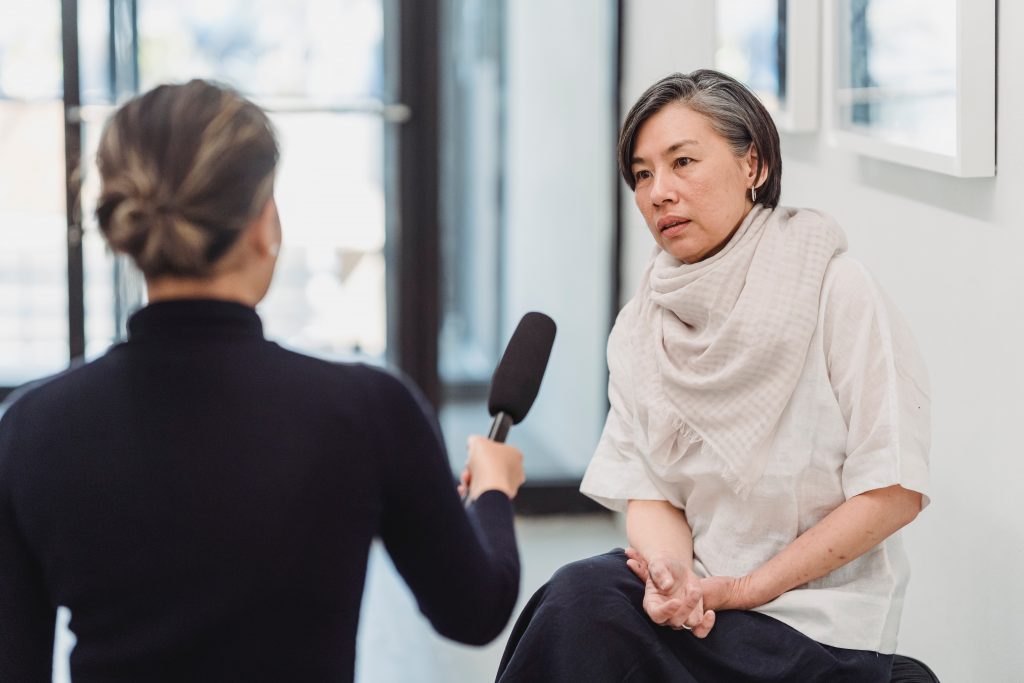
Resources for anyone interested in science communication news, such as job postings, internships, grants, and other forms of assistance. You may let us know about any errors or omissions in the blog’s comments section at the conclusion.
Subscribe to our newsletter at the bottom of the page if you’d like to get these updates through email.
In the news
New communication app aids bird conservation

A new app promises to help save threatened birds throughout the globe by breaking down language barriers, so improving communication and collaboration between conservationists.
By providing a “birds eye perspective,” the Bird Language Diversity web app will ensure that essential information is disseminated to assist conservation efforts throughout the globe.
Researchers at the University of Queensland, led by Dr Pablo Negret, examined data on more than 10,000 bird species and discovered that 1587 species had at least 10 languages spoken across their range.
Collaboration and policy agreements among individuals of different languages and cultures is essential to the survival of many species, say the researchers.
The app displays where endangered and migratory birds are physically located in relation to the languages spoken in those locations. Users can select a language to examine the number of bird species found in that area, or to compare the influence of that language on bird species throughout the world. The team report their work in the journal PLoS One.
The researchers hope the app will serve as a starting point for all parties involved in the protection of vulnerable species by encouraging collaboration between with colleagues in different locations, even if they speak different languages.
The approach could also be applied to other species that range across a wide geographic area, such as marine animals and butterflies, the scientists add.
UK Science Media Centre releases 9 new recommendations for science and the media

Since its inception in 2002, the UK’s Science Media Center has worked to ensure that journalists have access to expert scientific knowledge, so that science and evidence have a role in public discourse.
In the light of its experiences during the Covid pandemic, the Centre has just released a list of new recommendations for science and the media. Because of the scope and volume of information being provided during the pandemic, the story sparked a greater and more sustained media interest than ever before. The public health interest meant that scientists and the media were under unprecedented pressure. And the Centre identified a need for scientific communication to be kept separate from politics.
The 9 recommendations are as follows:
- Scientists should be encouraged to engage with the media during a crisis when their area of expertise hits the headlines, no matter how controversial the topic. Universities, research institutes and funders should support their academics to speak to journalists, including offering media training to those who want it.
- The scientific community and universities need to retain some capacity and expertise in their communications teams to be ‘media-first’ and to do research communication.
- Newsrooms should retain and invest in their specialist science and health reporters.
- Scientists should stay in their lane and be ‘sciencey’.
- Multiple voices and open scientific disagreement is part and parcel of good science.
- The communication of new scientific data conducted in universities and research institutes should be separate from government communication, and announcements of new scientific data should not be on the government ‘grid’.
- : Independent scientists appointed to a SAGE should be encouraged to speak to the media in their academic capacity about their science.
- The nature of scientific advice should be better explained and understood before the next emergency.
- The CSA and CMO should make themselves available to the media and public as well as advising and briefing ministers.
Click here for full details
Short, specific online videos help reduce vaccine hesitancy

Governments and health authorities could increase vaccination intentions against COVID-19 among people who are most hesitant to get the shot with the help of short, scalable online messages, says researchers.
SARS-CoV-2 can be effectively controlled with the use of vaccines. But he fact that so many people in the United States are still on the fence about being vaccinated puts efforts to contain the pandemic and stem the spread of new strains at risk.
The team at Arizona State University showed that short video-based messages of encouragement addressing particular COVID-19 vaccine concerns improved vaccination intentions. The videos highlighted the safety and efficacy of the vaccines, their social and economic impact, the social norms of being vaccinated and the ease with which vaccination could be obtained.
People who identify as conservative or moderate and those who have a low level of faith in government institutions were especially responsive to the messaging, according to the findings.
Dates for your diary
Registration for the 10th EuroScience Open Forum (ESOF) is still open.
Future of SciComm Conference 2.0: 26 April 2022
Expanding Our Universe: DEI and Science Communication, an online event about expanding diversity in scicom
Jobs and internships
For a detailed list of the latest opportunities, sign up to our monthly newsletter SciCom for Scientists